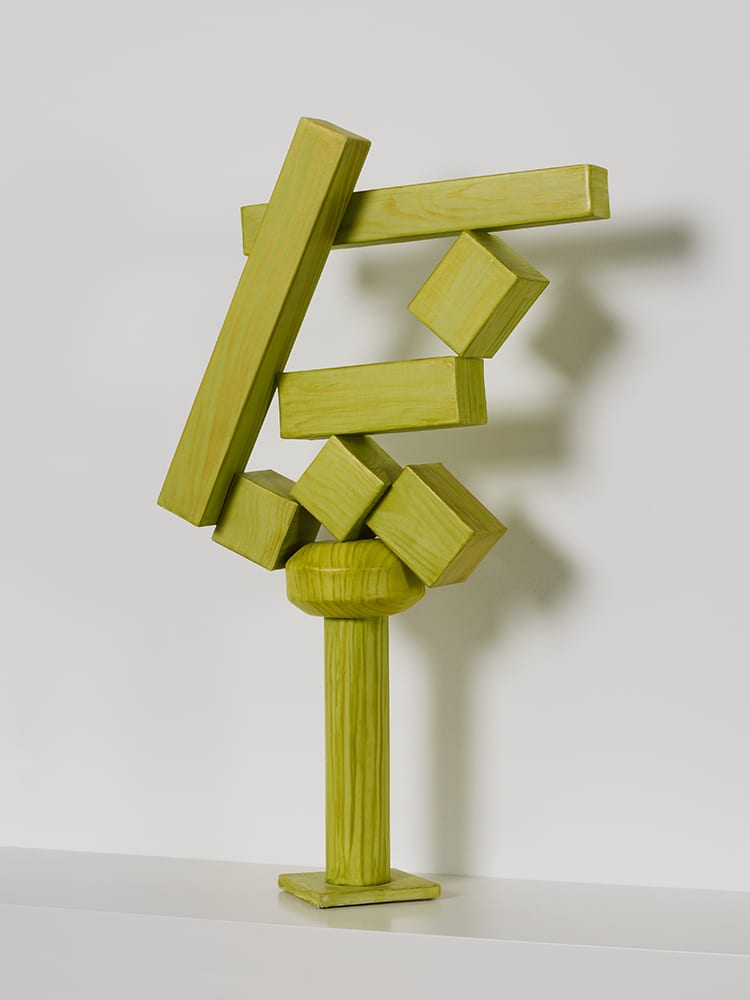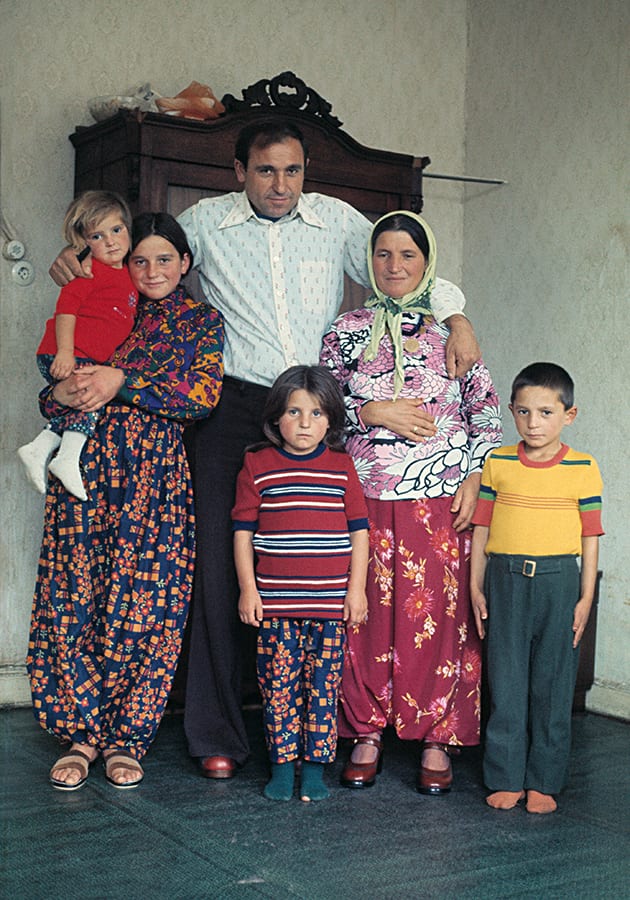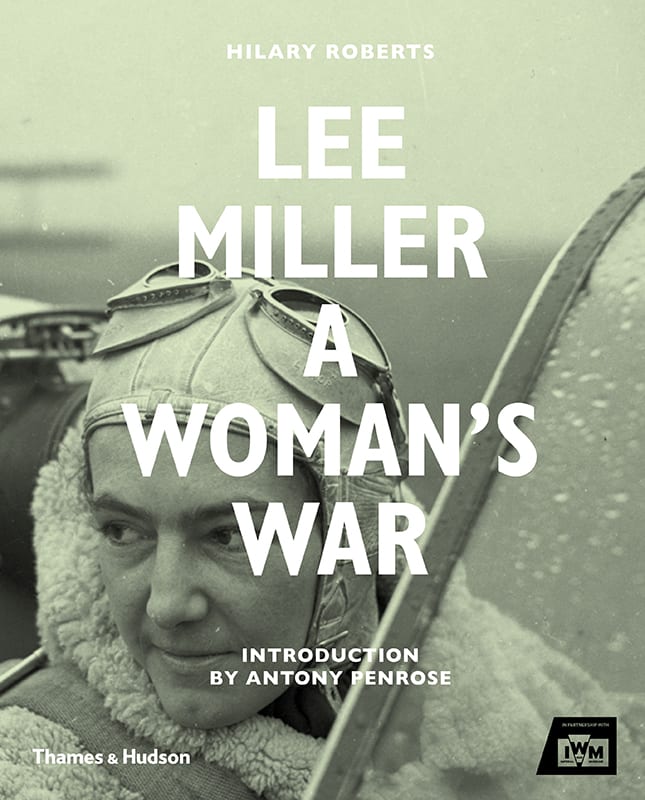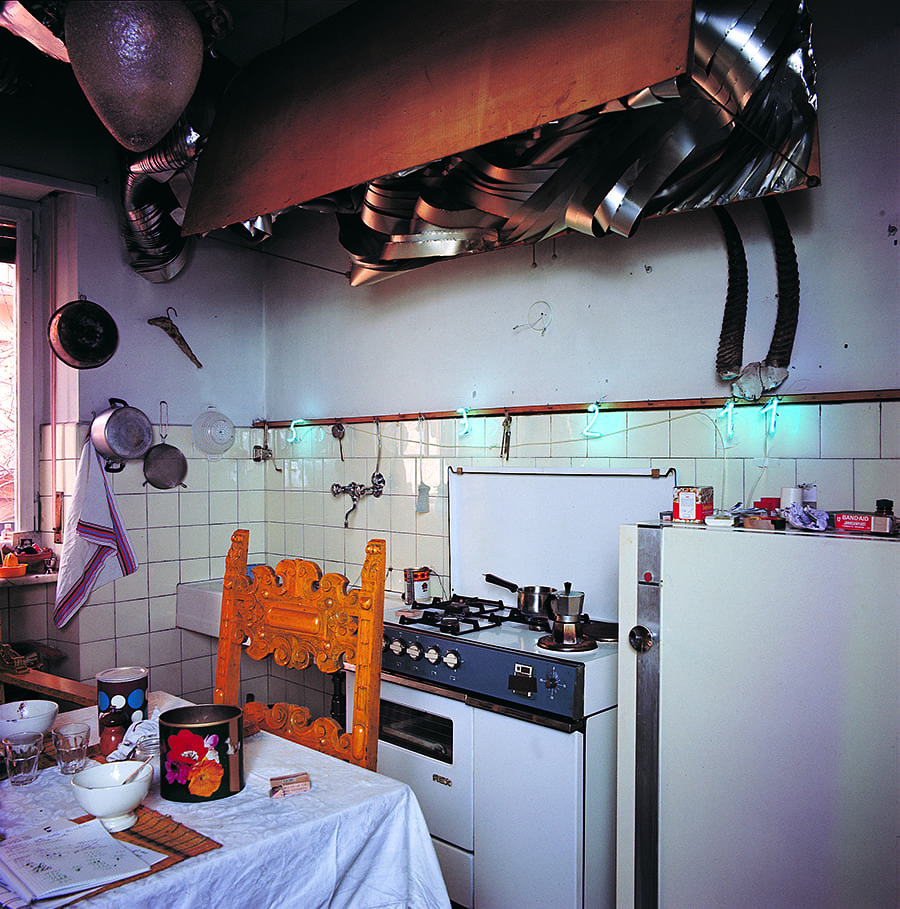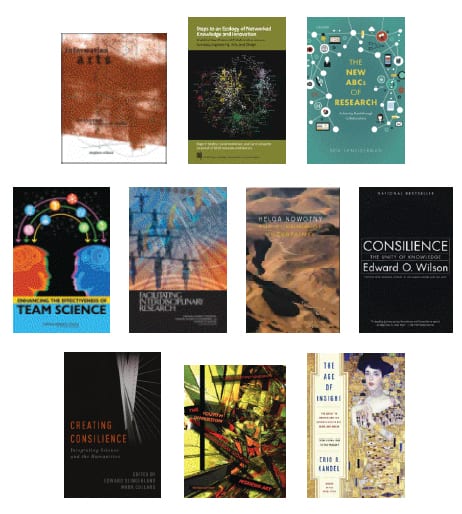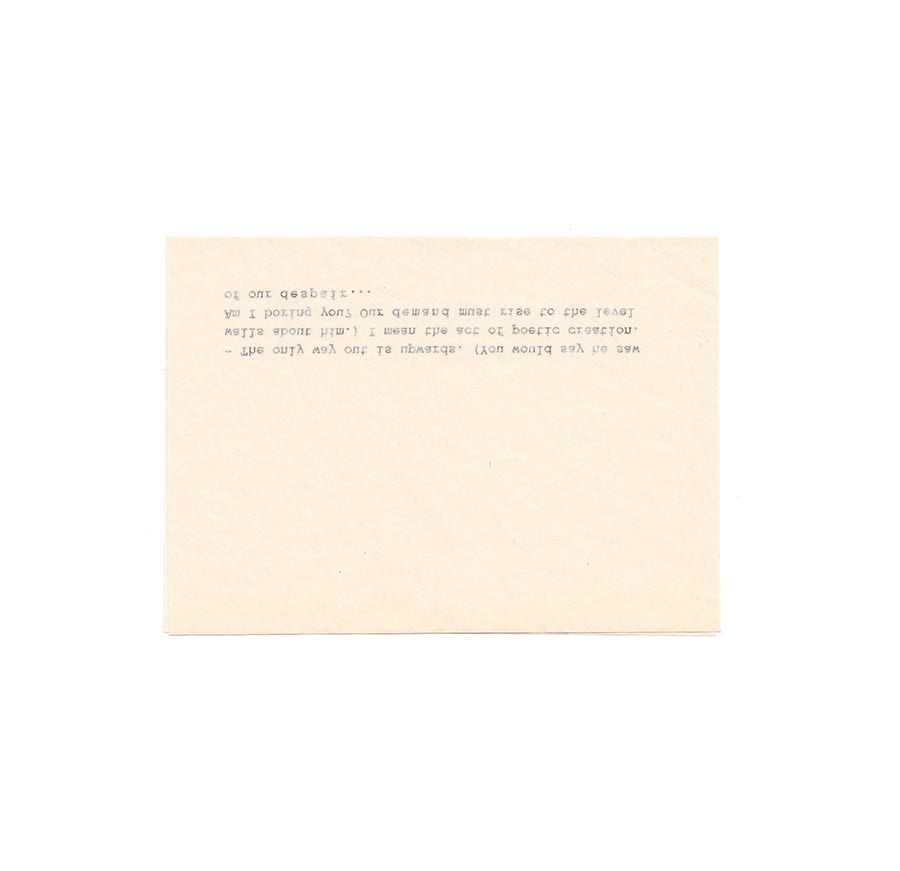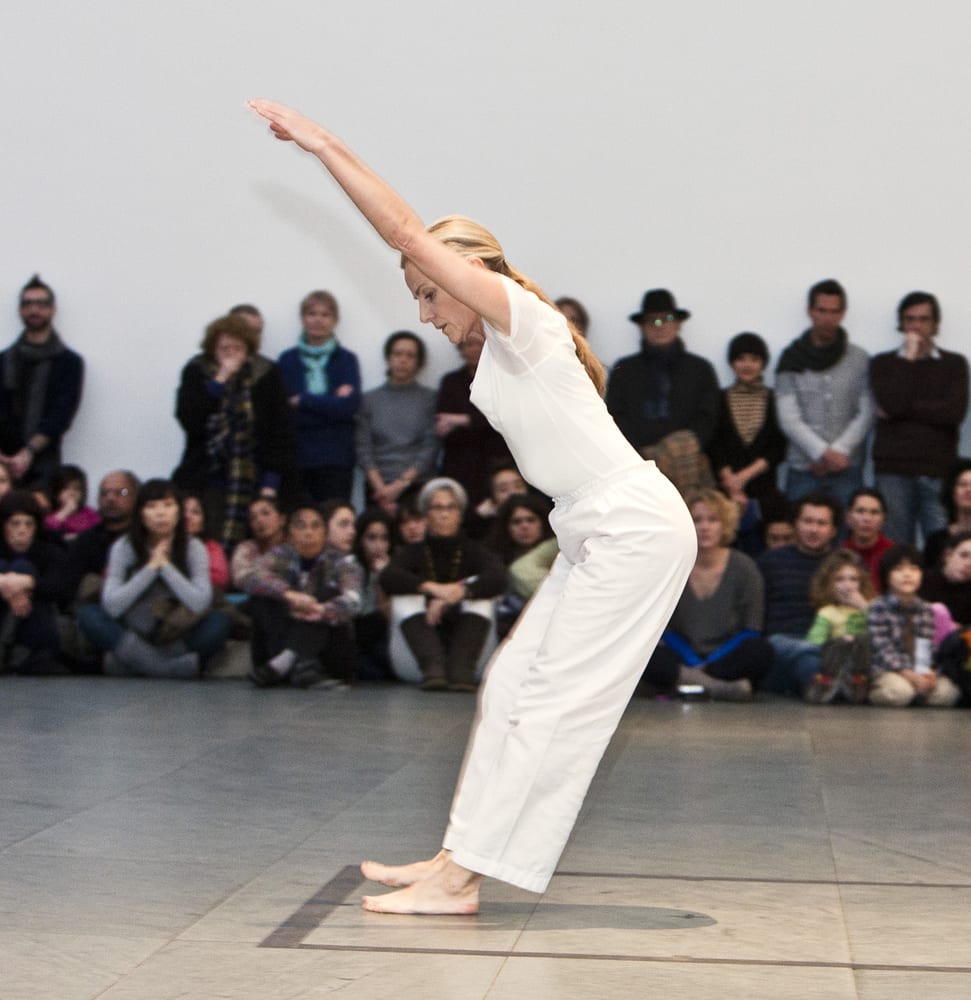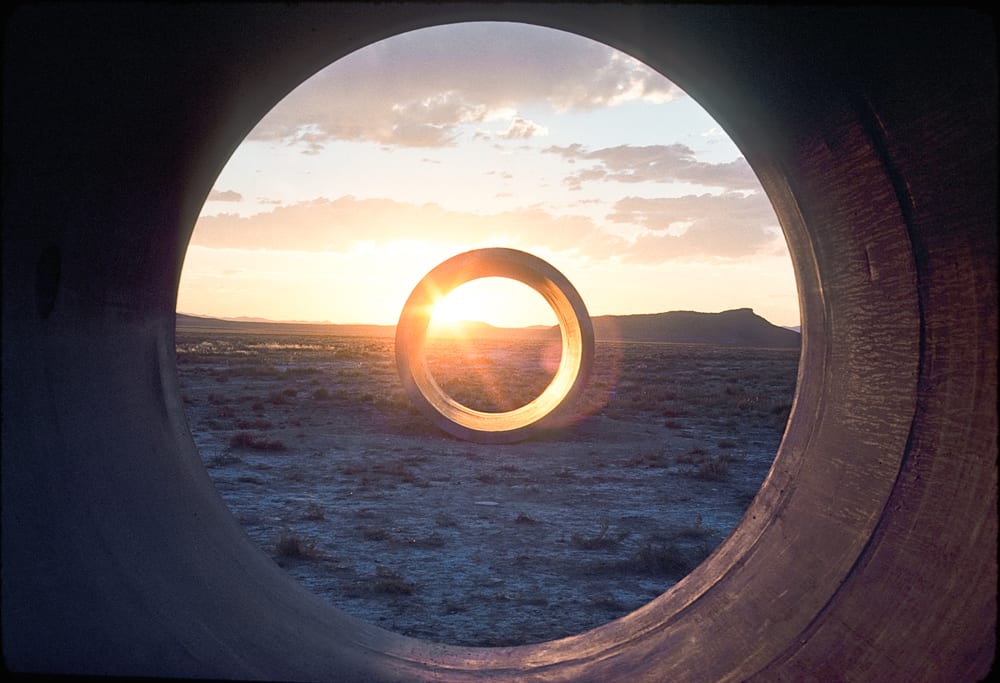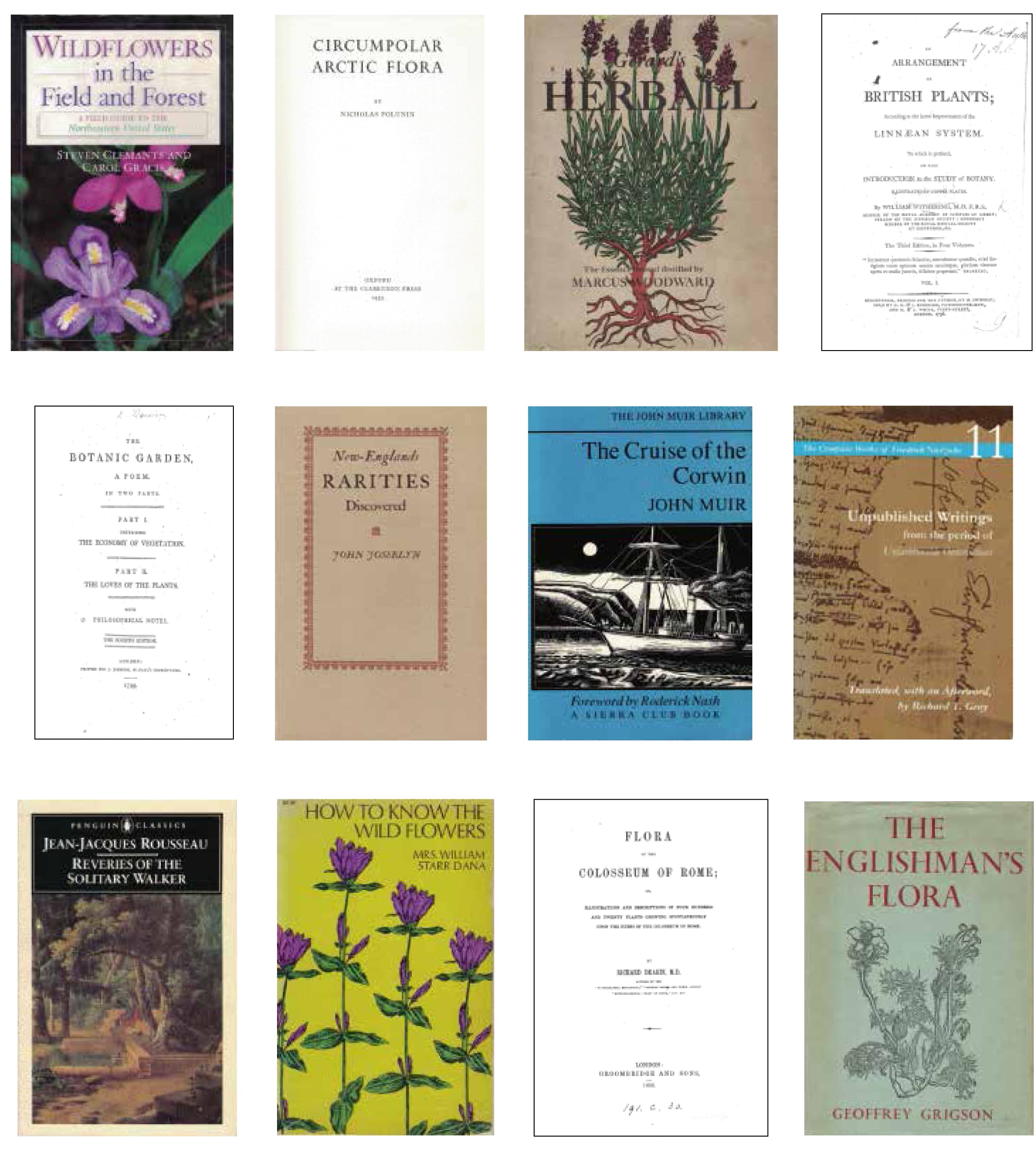By Rachel Middleman and Anne Monahan
In 1974 news that David Smith’s executors had stripped paint from some of his sculptures catalyzed a long-running public conversation about executors’ responsibilities to artists, artworks, and art history. Forty years later, news that the same estate’s administrators tried to stifle the exhibition and sale of Lauren Clay’s diminutive, painted-paper objects inspired by that earlier incident has yet to prompt a similar critical response

